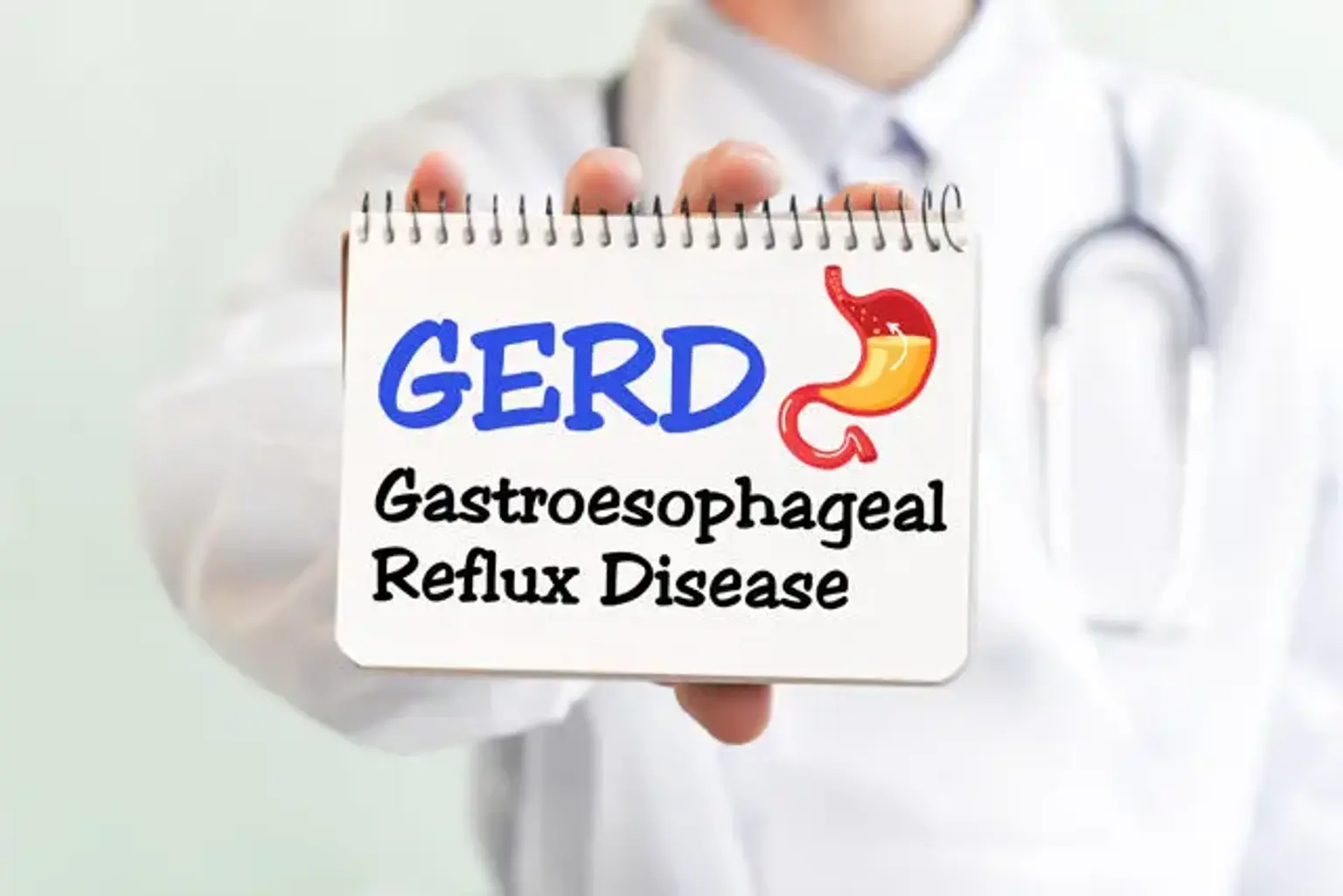The most frequent gastrointestinal diagnosis documented during outpatient clinic visits is gastroesophageal reflux disease. It is believed that 14 to 20% of people in the United States are afflicted, however such figures are only estimations given the disease's vague description and that such estimates are based on the prevalence of self-reported chronic heartburn.
What is GERD?
GERD is a disorder characterized by troubling symptoms and problems caused by the reflux of stomach contents into the esophagus.
The illness is now defined as "a condition that arises when the reflux of stomach contents generates bothersome symptoms (i.e., at least two bouts of heartburn per week) and/or problems." Several extraesophageal symptoms of the illness, such as laryngitis and cough, are widely known.
